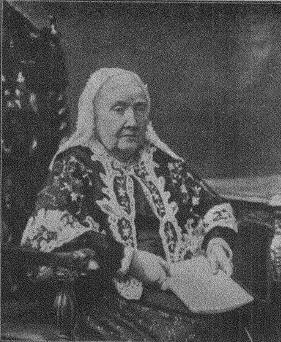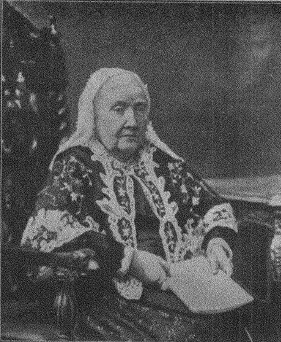
You may be surprised to learn that Mother’s Day goes back many centuries. Historians have found indications that Mother’s Day celebrations began in ancient Greece. This celebration was held to honor Rhea (also known as the mother to the Gods). Throughout the 1600s the English Christians had a day of celebration for Mary, (the mother of Christ). Then an order that was given by the church expanded the holiday in a reach to honor all mothers. The name of this holiday was known as Mothering Sunday.
This holiday was considered important enough to give servants the day off. On this day, servants would go home and spend time with their mothers. This holiday was also marked by a cake, known as the mothering cake. During the 1700s the celebration was changed to include the “Mother Church”, which was referring to spiritual power. This was the power that gave them life and watched over them. The church began to blend this celebration with Mothering Sunday, so that mothers were honored along with the church.
The early colonists in America gave up this tradition due to the limited time they had while trying to colonize. It was not until the conclusion of the American Civil War that a special Mother’s Day began to be practiced. This turn of events was brought about by Julia Ward Howe, a social activist. After being left aghast by the devastation left by recent wars, she made a passionate appeal to women to protest against the war. This plea was first published in Boston and became known as the Mother’s Day proclamation. In 1872, Julia Ward Howe, began marketing the idea of a Mother’s Day for Peace, that was to be held on June 2nd. This began an event that was held annually for at least ten years. While her initial intent was a call to bring women together against the war, this became the precursor to the Mother’s Day we know today.
It was Anna Jarvis who was finally able to succeed in introducing the Mother’s Day that we celebrate today. After the death of her mother, she felt that children often did not appreciate all that their mothers did for them. She began Mother’s day as a way of honoring all mothers. It was in 1907 that Anna told her friends of her plan to begin this day of celebration. At this point Anna decided to give her life to the cause of establishing Mother’s Day, in order to honor all mothers. She began a campaign of writing letters to influential businessmen, congressman, and even ministers, to urge them to declare a national day for mothers. Because of her efforts, the first Mother’s Day was observed on May 10, 1908, in a church service.
After this, Mother’s Day gained rapidly in popularity throughout the United States. On December 12, 1912 the Mother’s Day International Association came into existence. The organization promoted meaningful ways to celebrate the holiday. After many years a Presidential proclamation made Anna’s dream come true. On May 9, 1914, it was declared the 2nd Sunday of May was to be observed as Mother’s Day.
Interestingly enough, just nine years after the first official Mother’s Day, Anna Jarvis began opposing her own creation. She felt that the holiday had become too commercial and did not represent the spirit of what she wanted to achieve. As Mother’s Day increased in popularity, there were new dimensions added to it, which further disillusioned Anna Jarvis. Despite the original spirit of the holiday remaining the same, Anna was unable to cope with the changing mode of expression and disliked the giving of flowers, cards and gifts to mothers.
Despite Anna Jarvis opposition to the holiday, it remains one of the most popular and most commercial holidays today. No matter how she felt, people around the world use it as a day to show their appreciation and respect to their mothers, for all they do for them.
